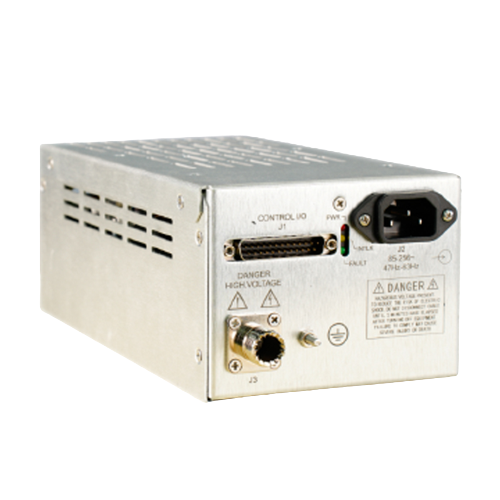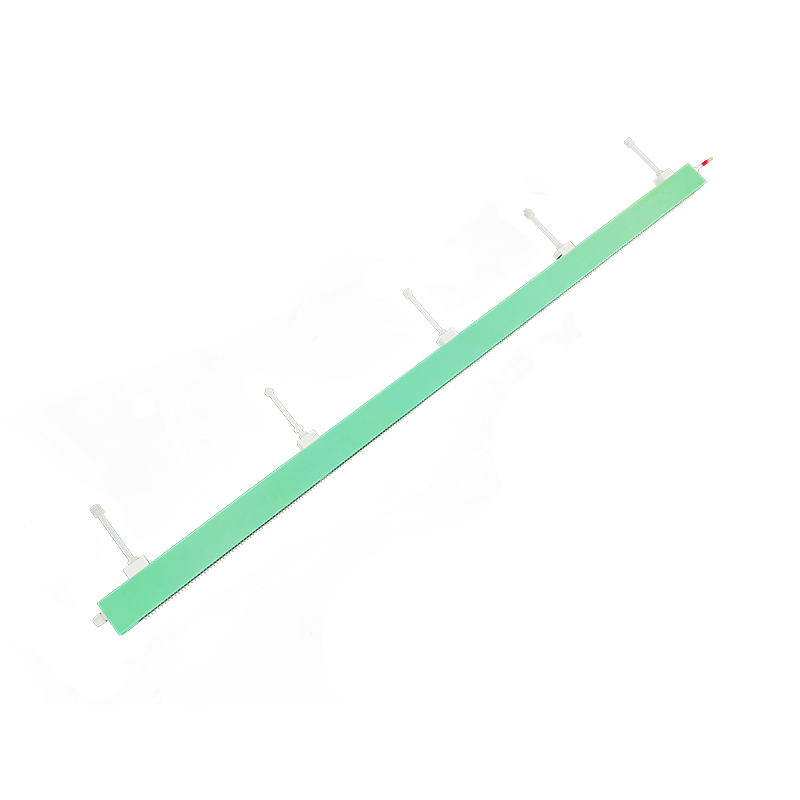Introduction to Ripple Voltage in High-voltage Power Supplies and Its Importance
Abstract
This article will introduce the basic concepts, causes, and importance of ripple voltage in high-voltage power supplies. We will discuss different types of ripple voltage and how to reduce their impact on system performance. Finally, we will explore some practical applications and solutions for ripple voltage issues in high-voltage power supplies.
1. Introduction
In the field of power electronics, **high-voltage power supply** is a very important device, widely used in various fields such as industrial automation, communication, medical equipment, etc. To ensure the stability and reliability of the system, strict control and management of the high-voltage power supply's performance are required. One of the key parameters is the output voltage's **ripple voltage** (Ripple Voltage).
1.1 What is Ripple Voltage?
Ripple voltage refers to the periodic fluctuations in the output voltage of a DC power supply. Typically, it is caused by alternating current input power or load changes. The presence of ripple voltage can lead to the following problems:
- Increased power consumption: Due to the presence of ripple voltage, the current waveform in the circuit no longer fully conforms to the shape of a sinusoidal wave, thereby increasing power loss;
- Impact on accuracy: For high-precision applications, such as laboratory instruments, ripple voltage may cause inaccurate measurement results;
- System instability: Excessive ripple voltage can cause system oscillation or even collapse.
Therefore, understanding and reducing ripple voltage in high-voltage power supplies is crucial.
2. Generation and Types of Ripple Voltage
Ripple voltage mainly comes from the following aspects:
2.1 Ripple introduced by AC input power
When using alternating current as the input power for a high-voltage power supply, due to the instability of the power grid itself or non-linear loads, certain harmonic components will be generated at the input end. These harmonic components are superimposed on the output voltage after passing through the rectifier, forming a ripple voltage.
2.2 Switching frequency ripple generated by switching converters
In modern high-voltage power supply designs, switching converters (such as PWM inverters) have been widely adopted. The output voltage of these converters is controlled by high-speed switching transistors, resulting in a high-frequency component generated by the switching transistor's on-off state, i.e., switching frequency ripple.
2.3 Limited filtering effect of capacitors causing ripple
To reduce the ripple in the output voltage, a capacitor filter is often used. However, in practical applications, due to the limitations of the capacitor's own characteristics, such as ESR (Equivalent Series Resistance) and ESL (Equivalent Series Inductance), the filtering effect is affected to some extent, resulting in more obvious ripple components in the output voltage.
According to the nature and characteristics of ripple voltage, it can be divided into the following types:
- Low-frequency ripple: mainly composed of low-frequency harmonics introduced by the AC input power;
- High-frequency ripple: mainly consisting of switching frequency ripple generated by switching converters;
- Random ripple: mainly caused by transient responses triggered by factors such as load突变.
3. Importance of Ripple Voltage
Ripple voltage not only affects the stability and efficiency of high-voltage power supplies but also the performance and life of the entire system. Specifically, the following points illustrate the importance of ripple voltage:
3.1 Impact on System Reliability
Large ripple voltage may induce electromagnetic interference (EMI) within the system, leading to abnormal operation or even damage to other electronic devices. Additionally, components exposed to high ripple environments for extended periods are prone to fatigue damage, further reducing system reliability.
3.2 Impact on System Energy Efficiency
Ripple voltage increases the internal losses of the power supply, lowering overall conversion efficiency. At the same time, due to the presence of ripple voltage, the safety margin of components must be increased, which also adds unnecessary losses.
3.3 Impact on Load Performance
For some sensitive loads (such as precision instruments, semiconductor manufacturing equipment, etc.), higher ripple voltage may cause increased errors, potentially affecting the proper functioning of the equipment.




















